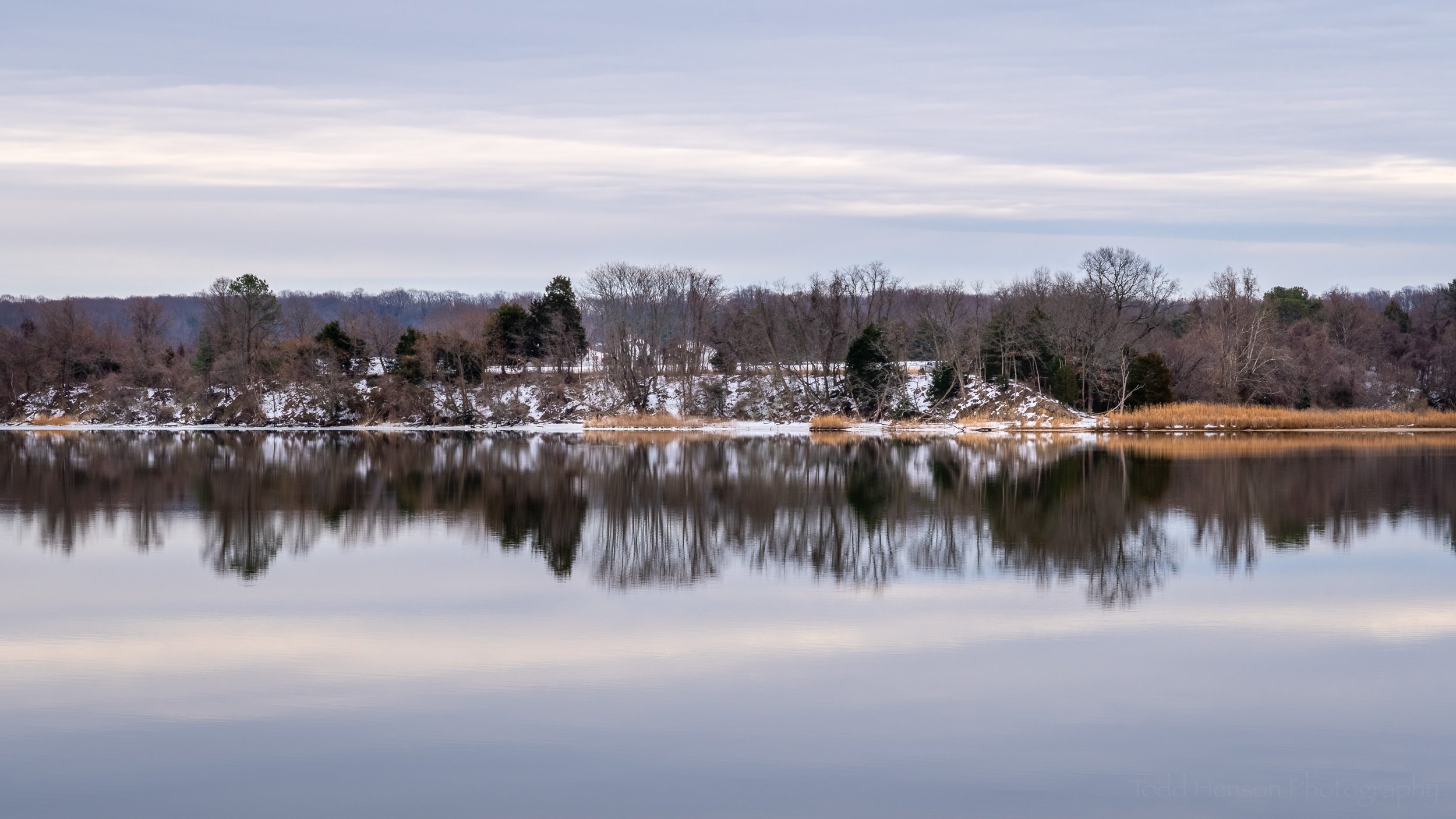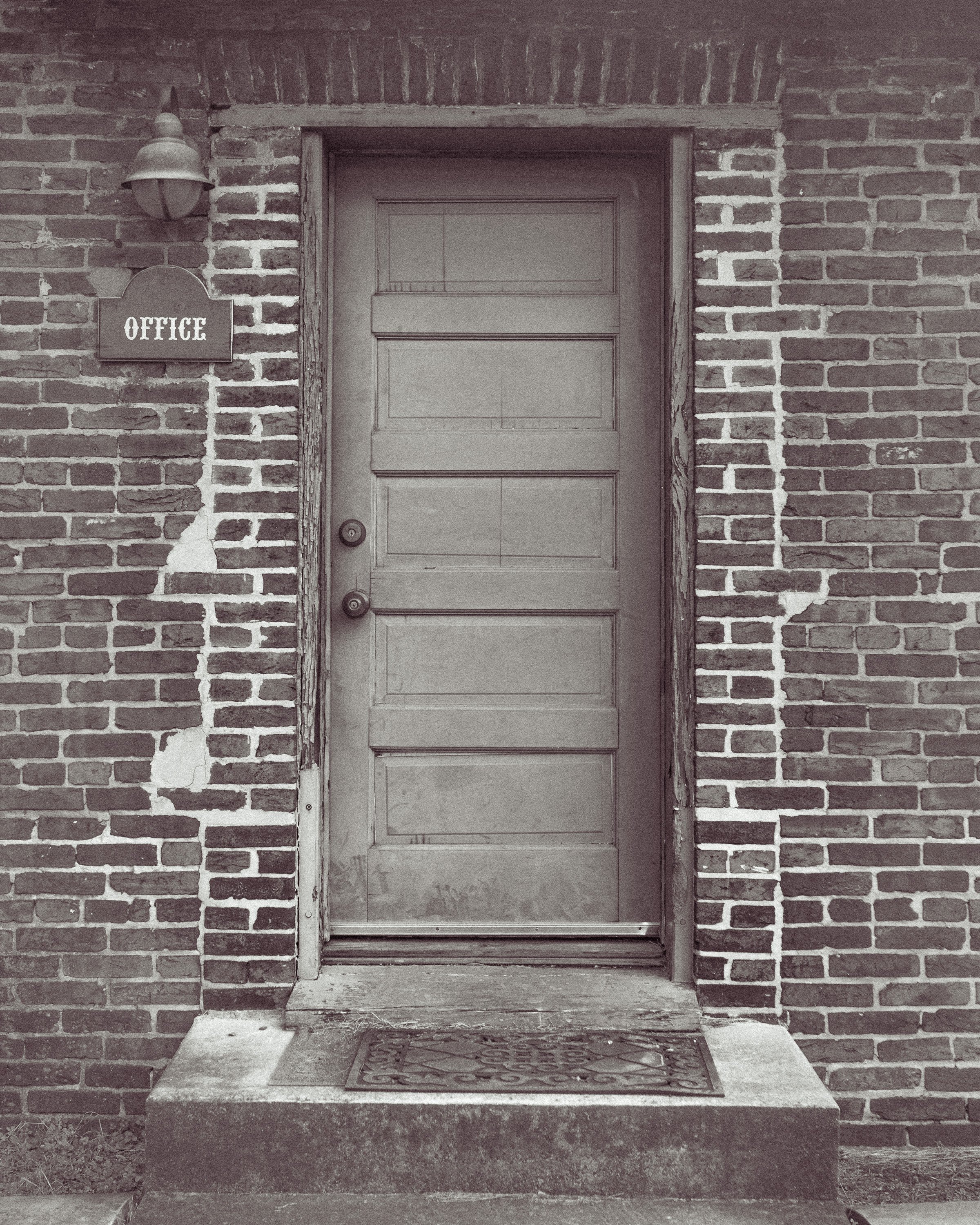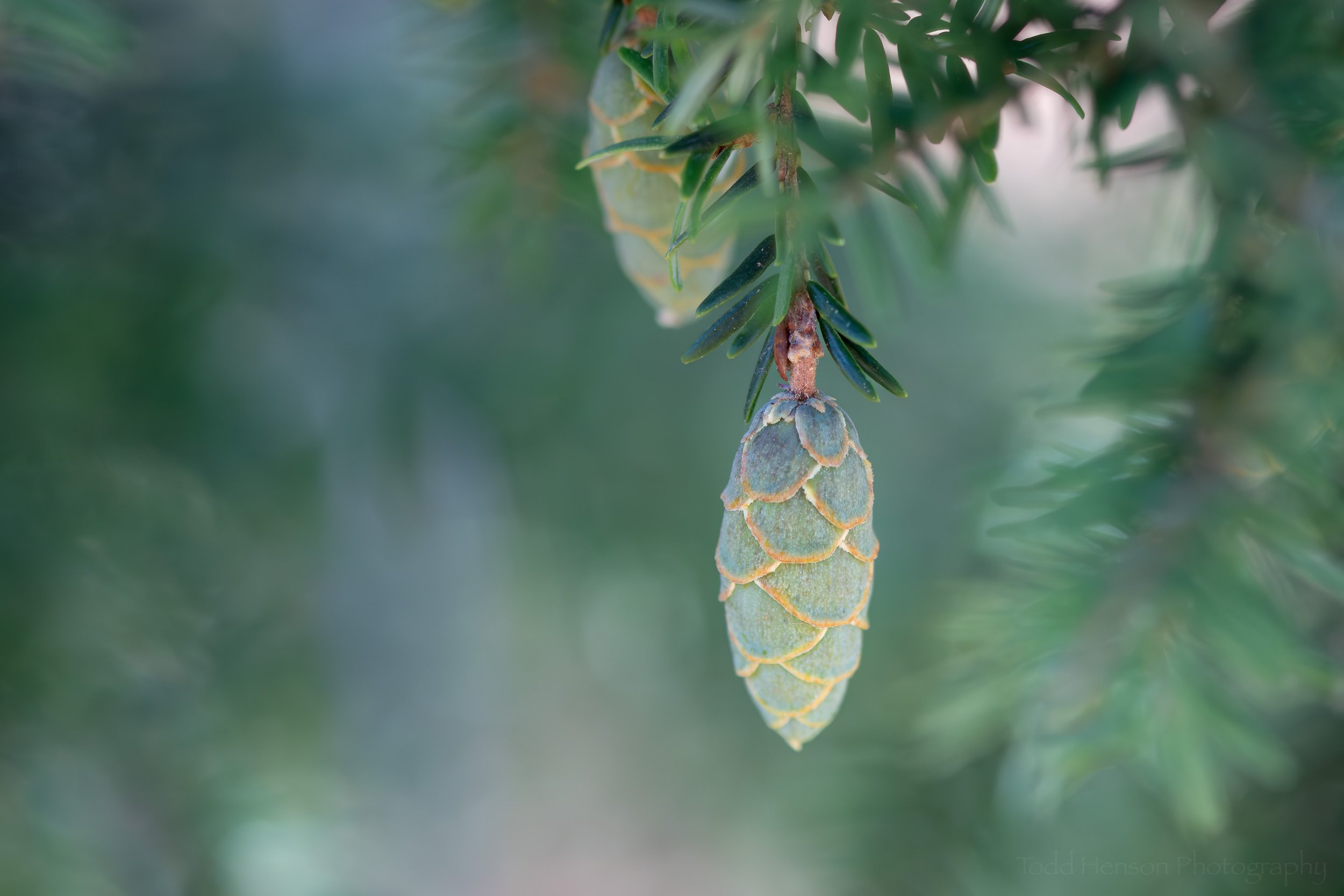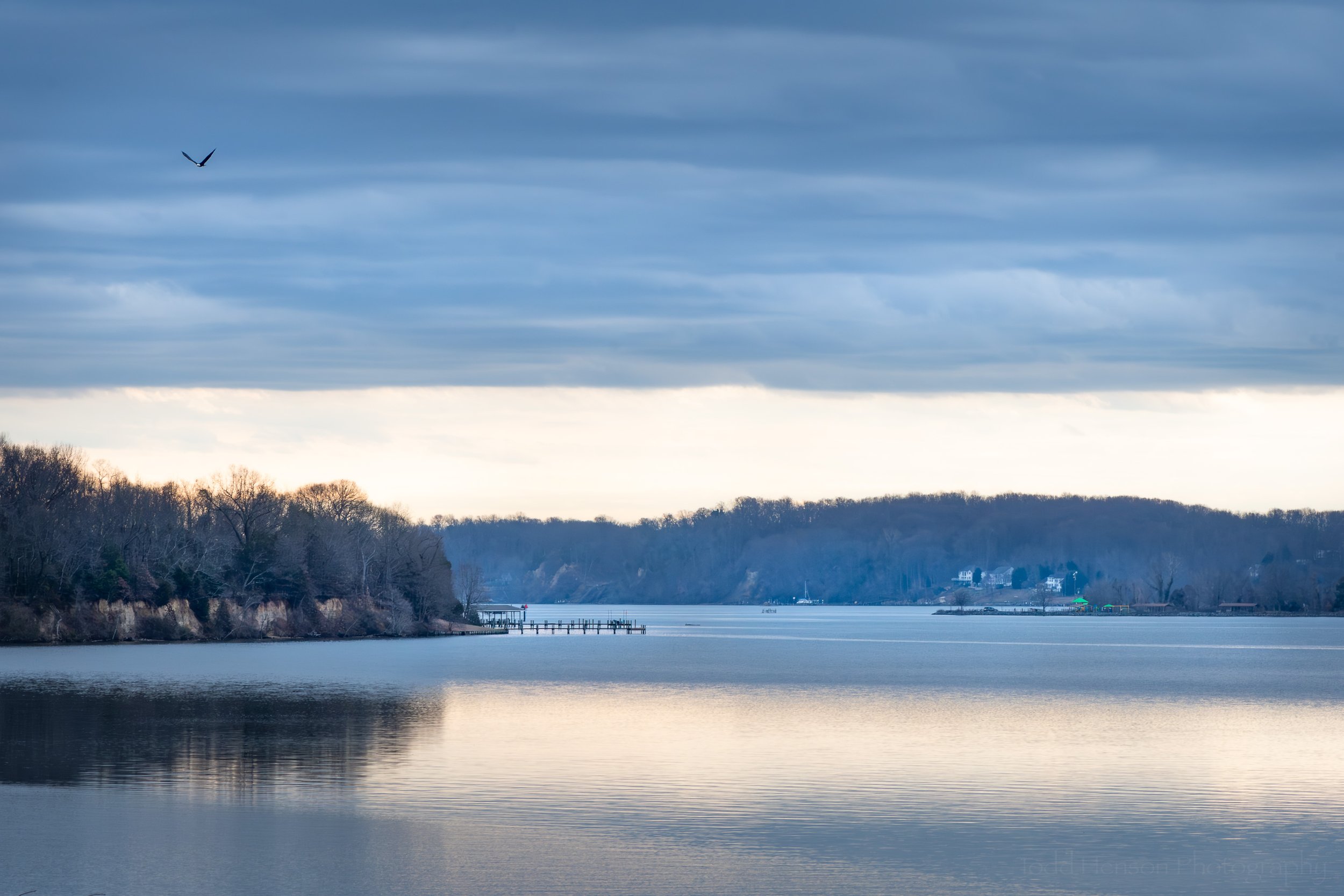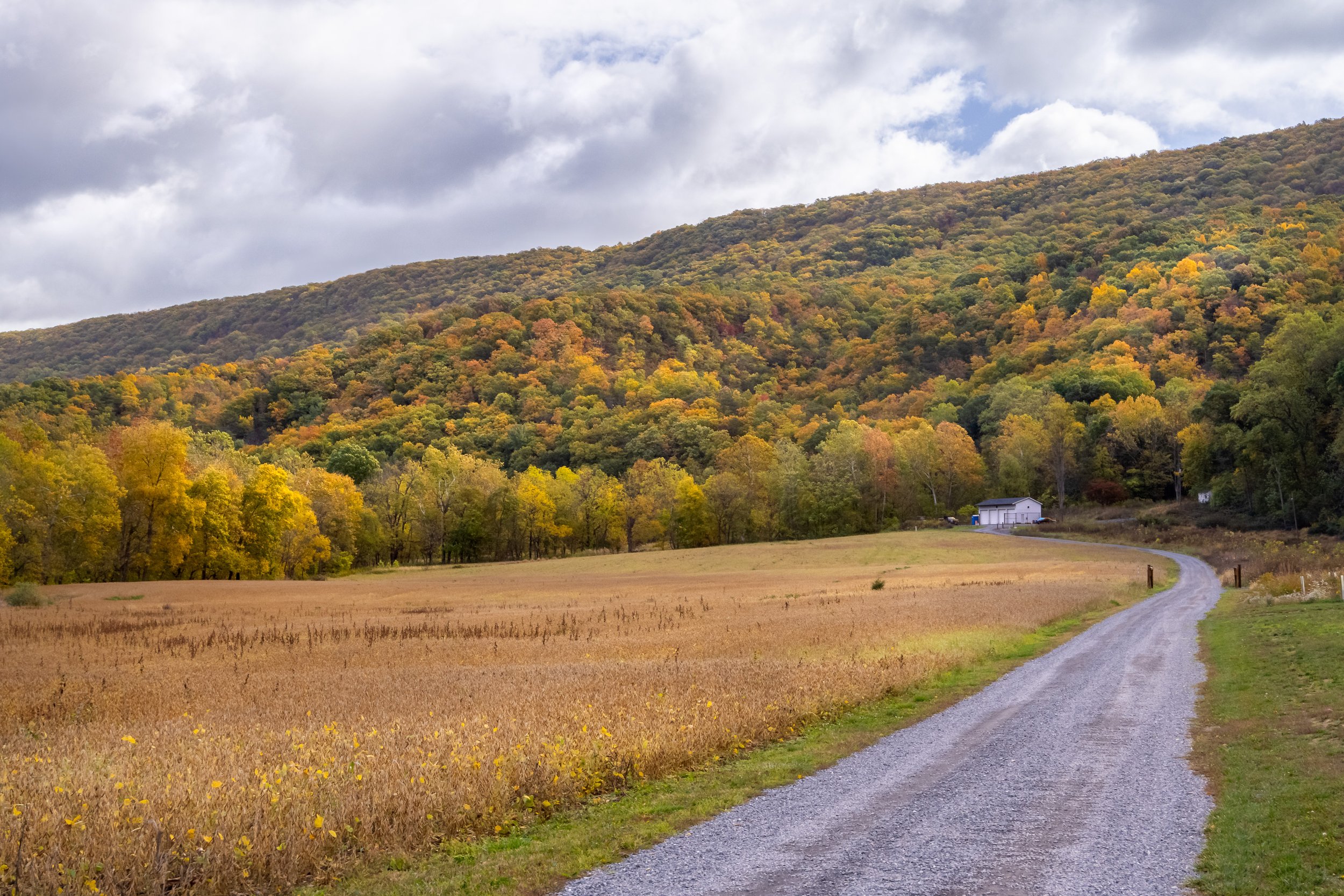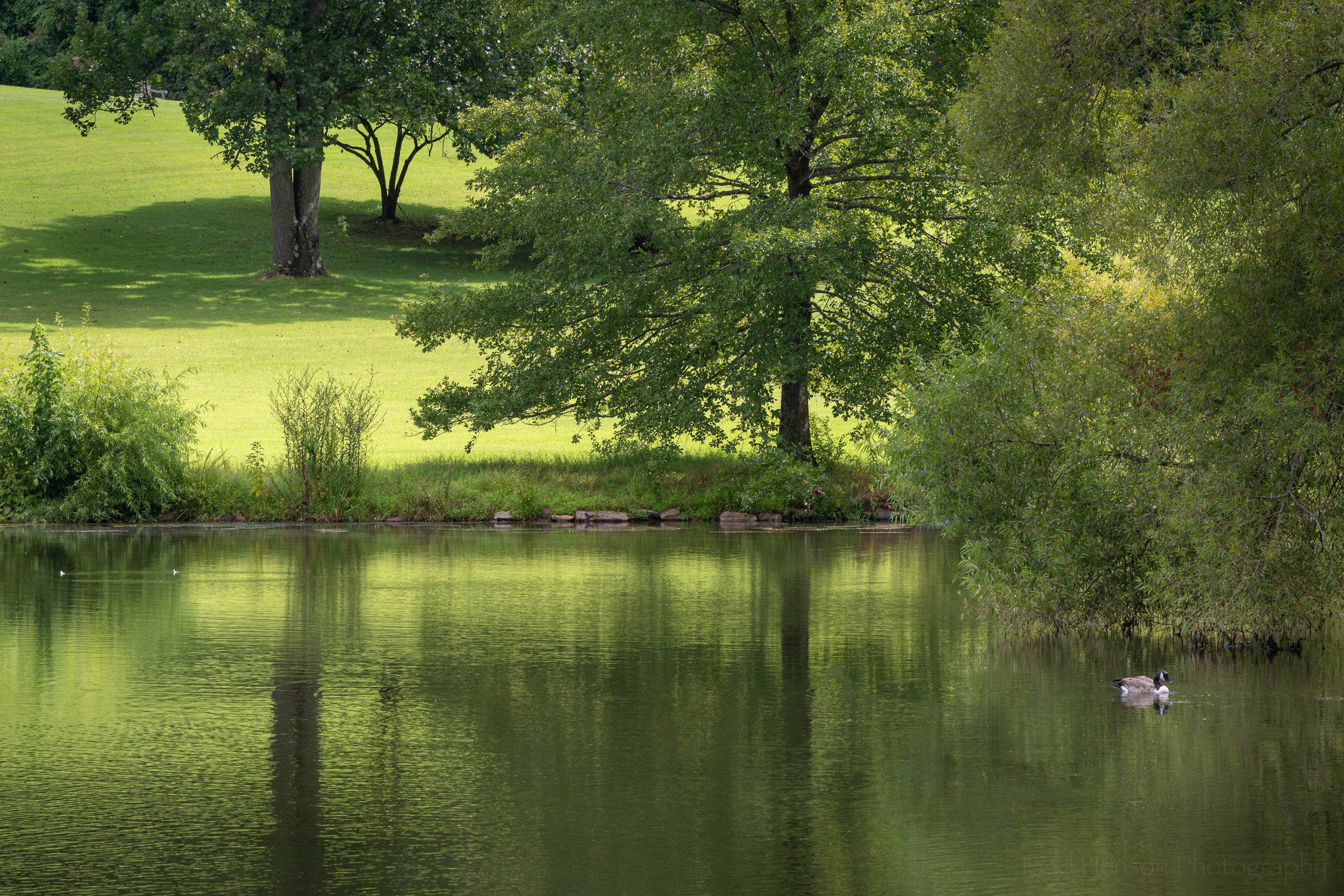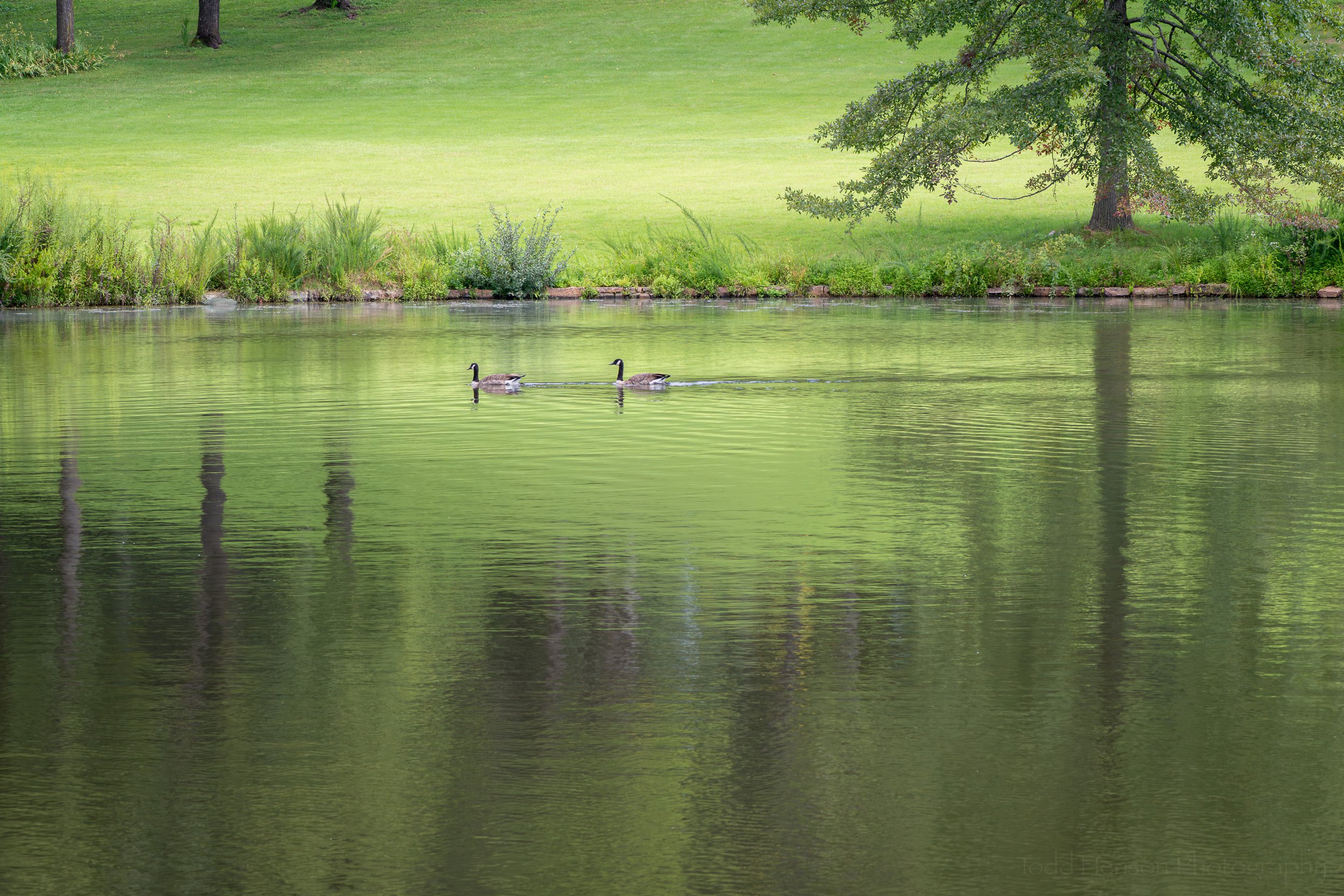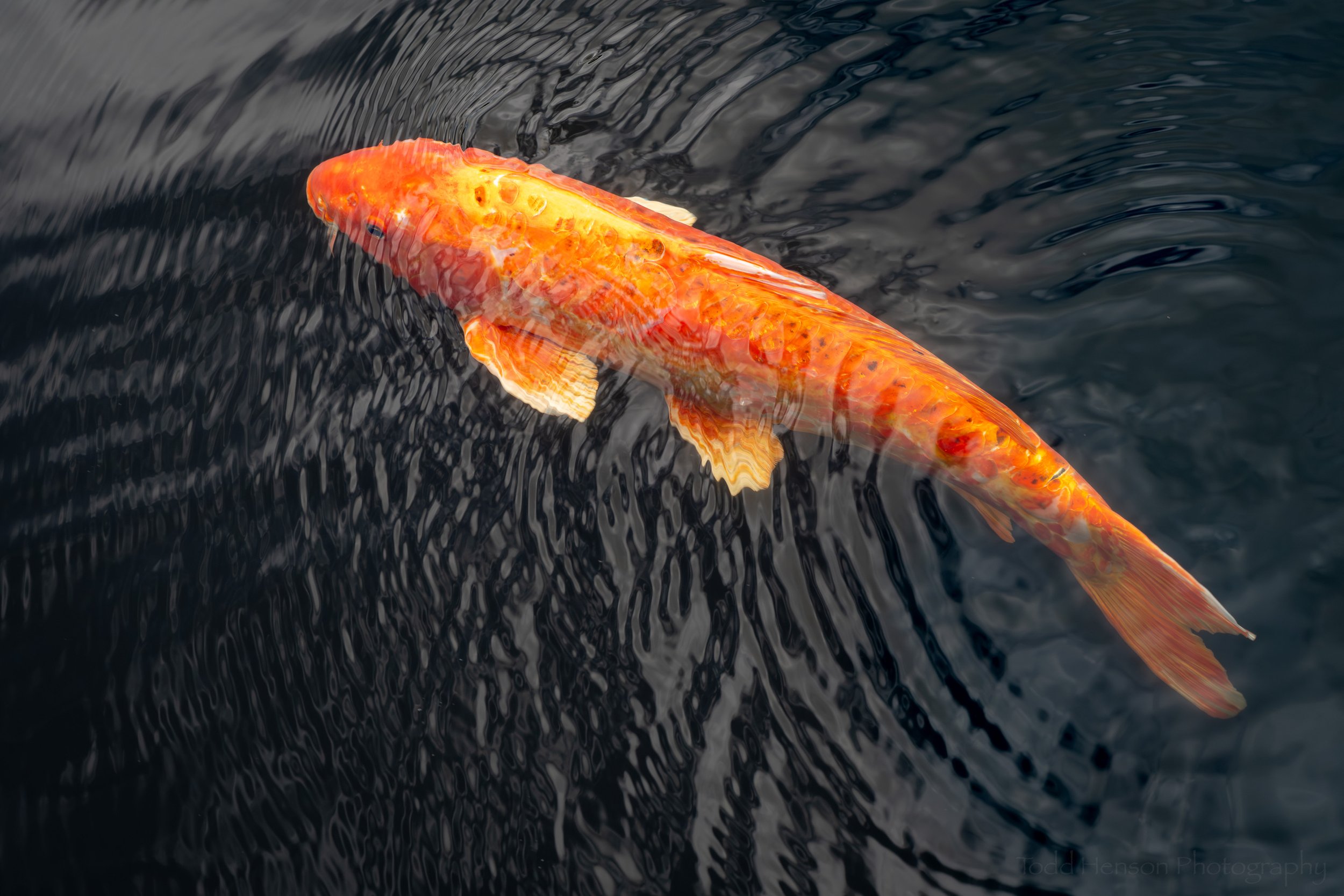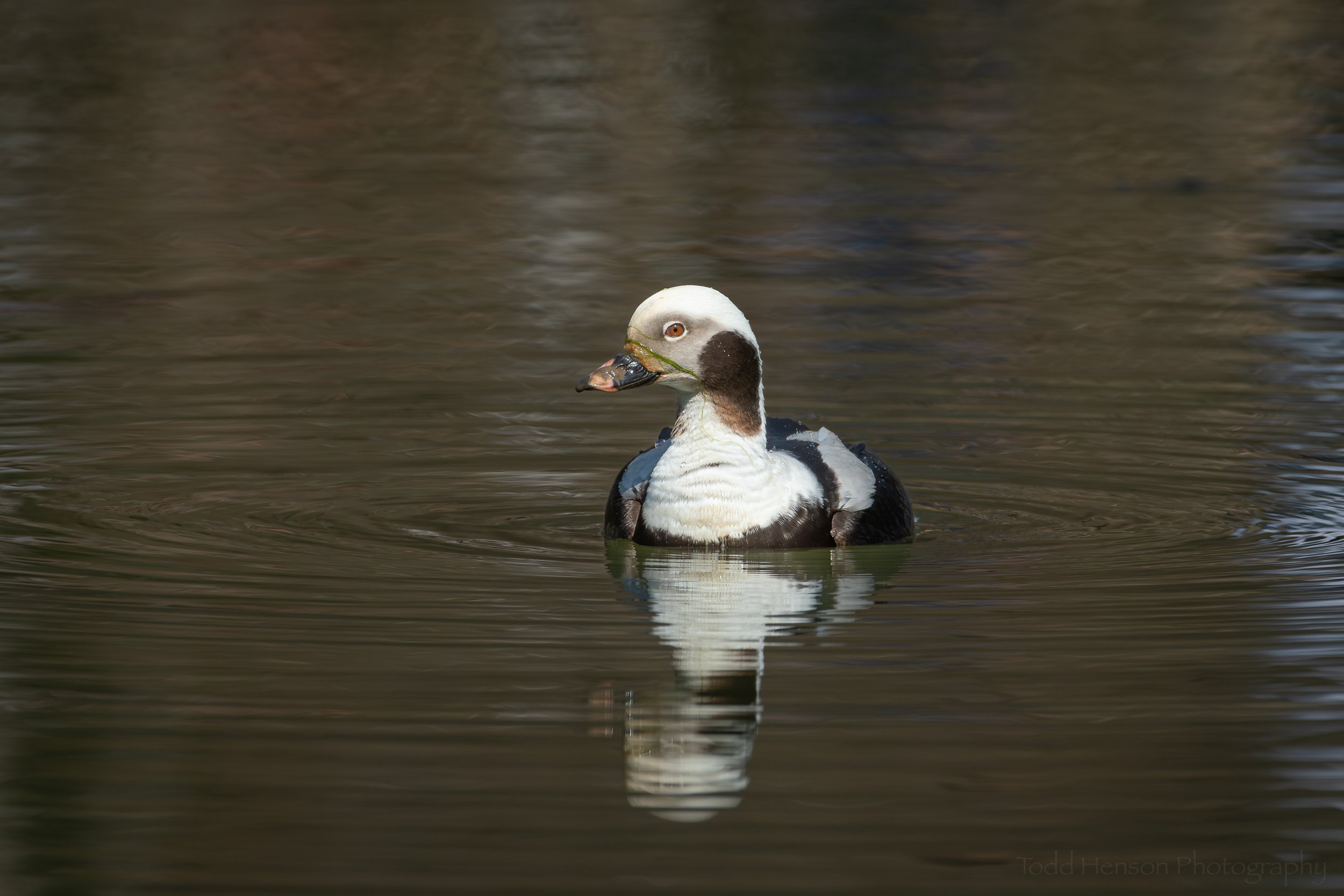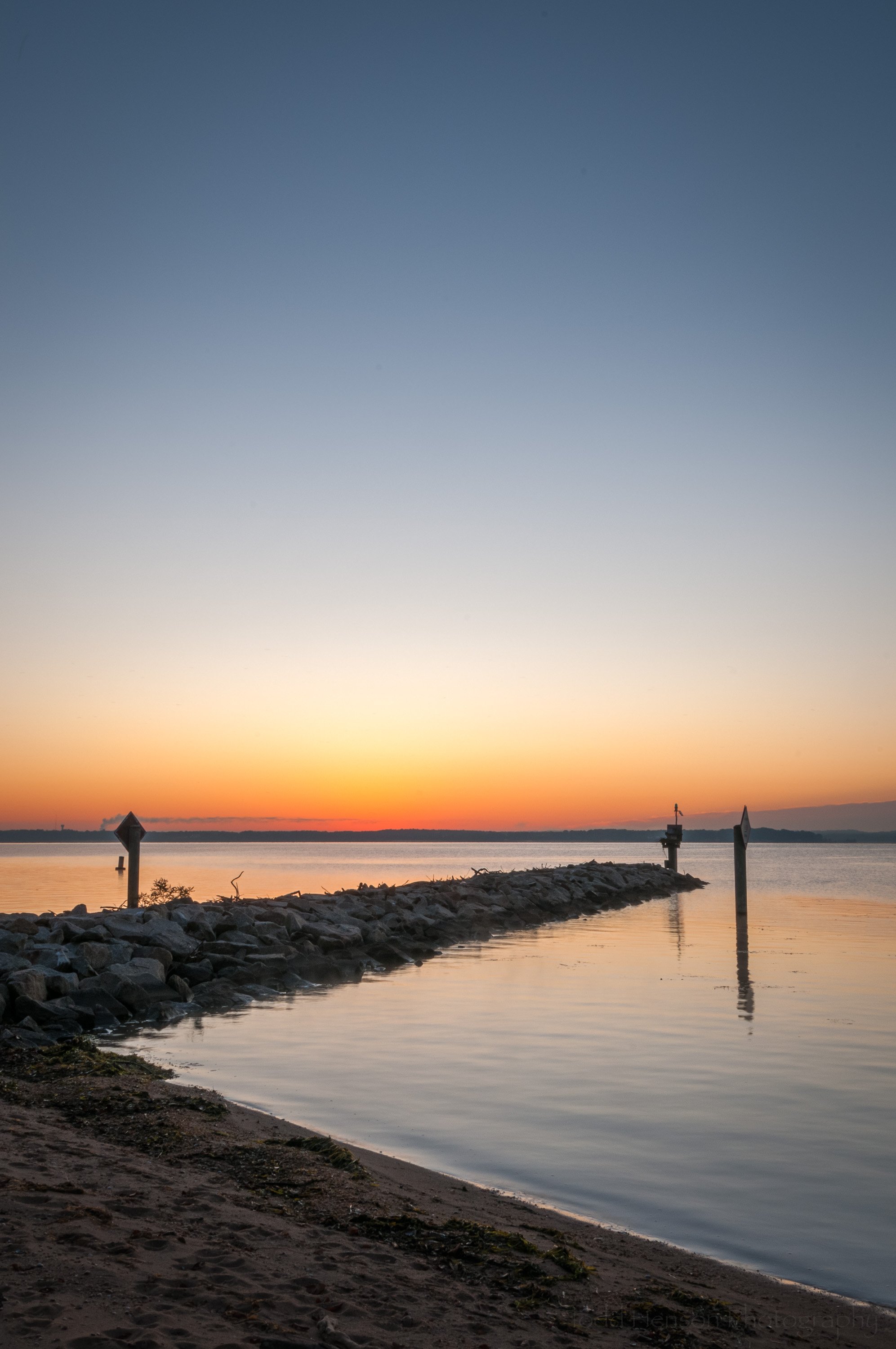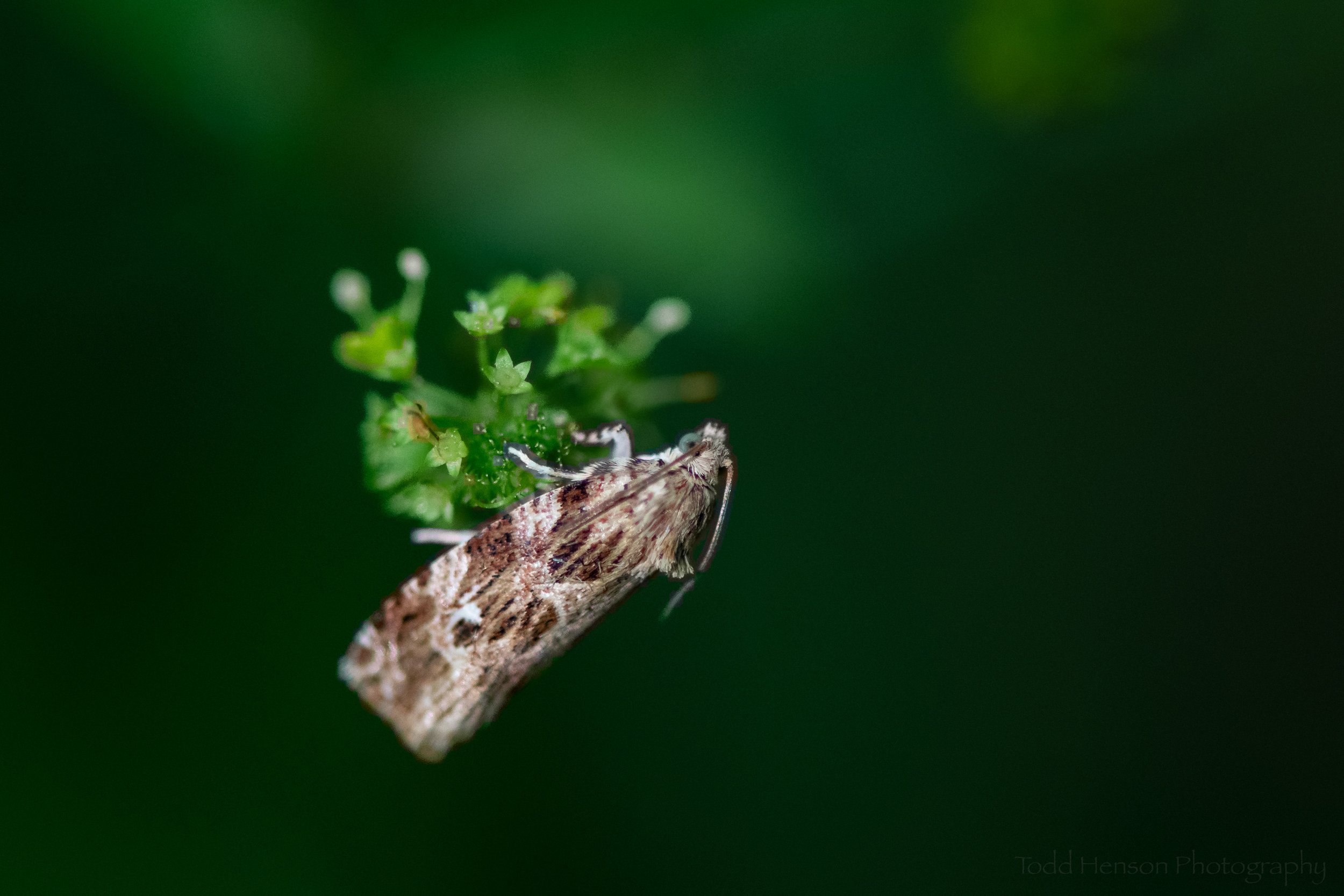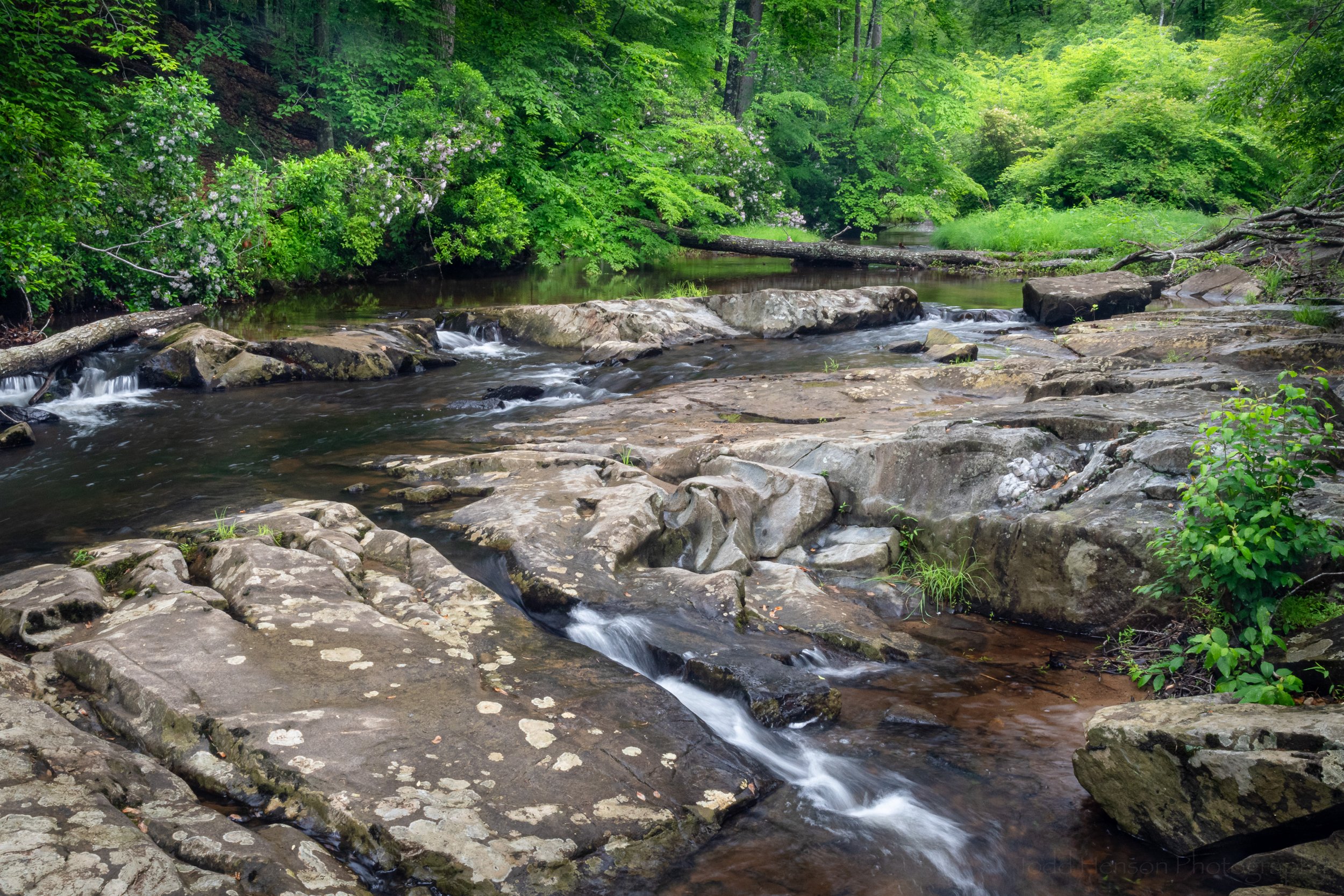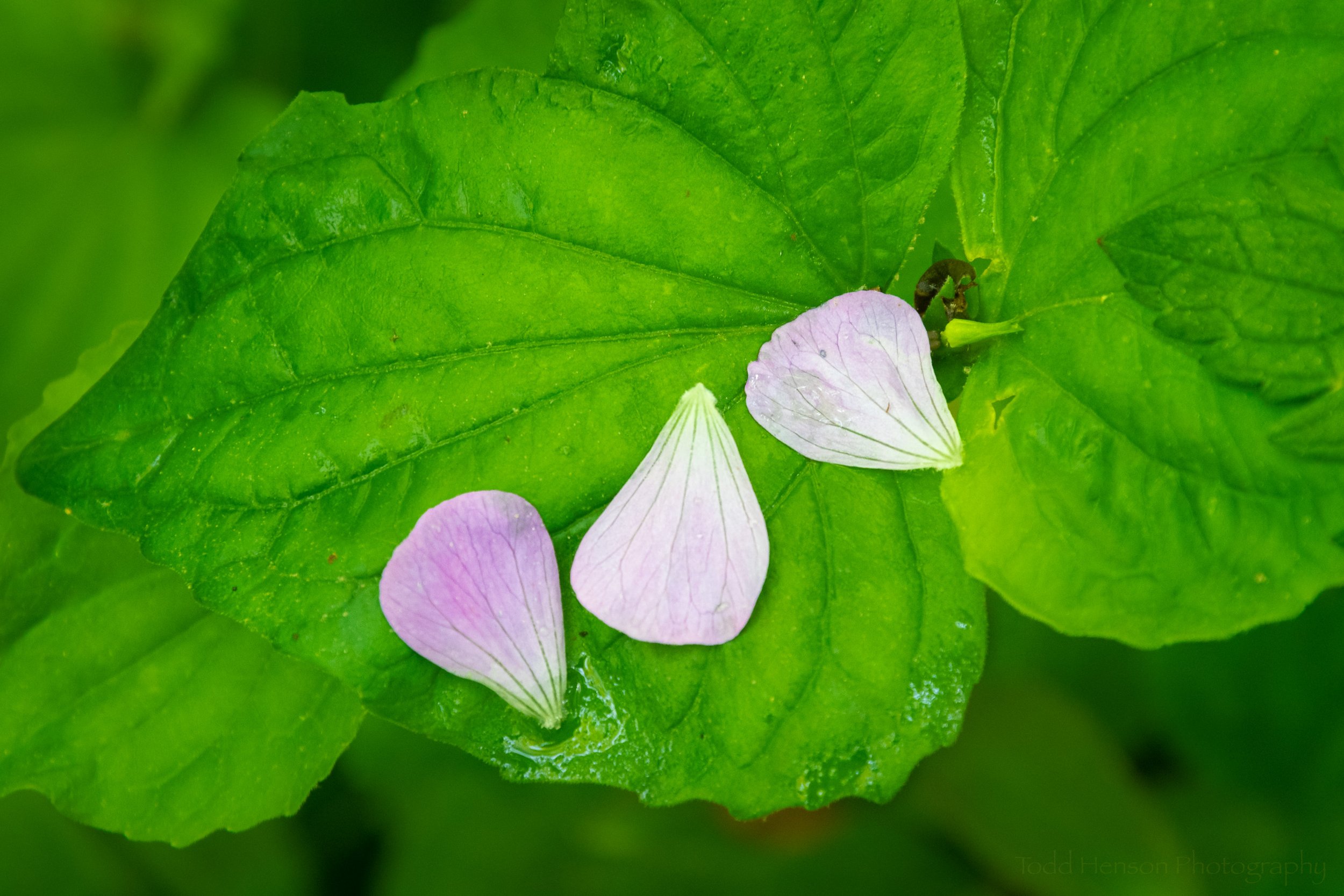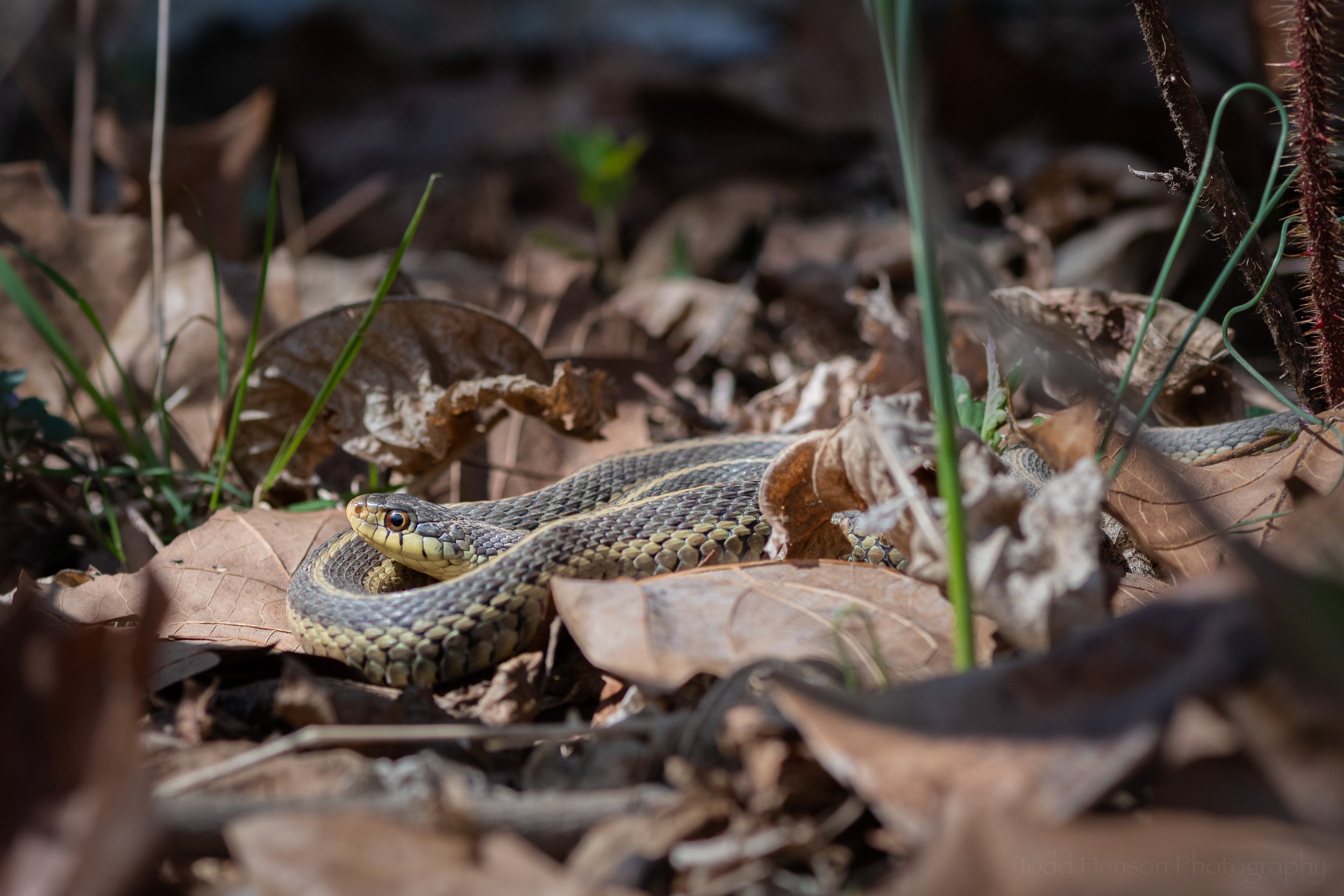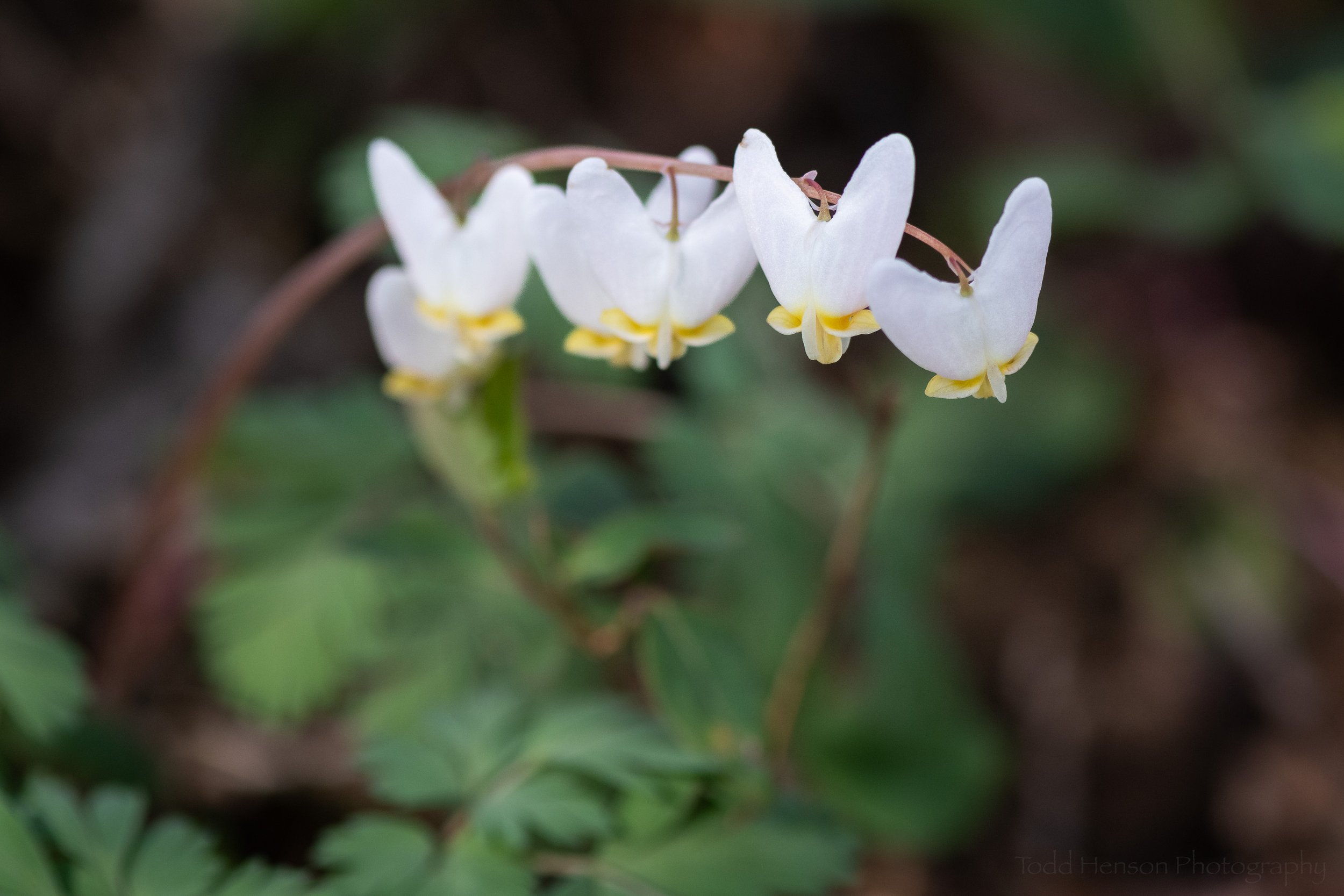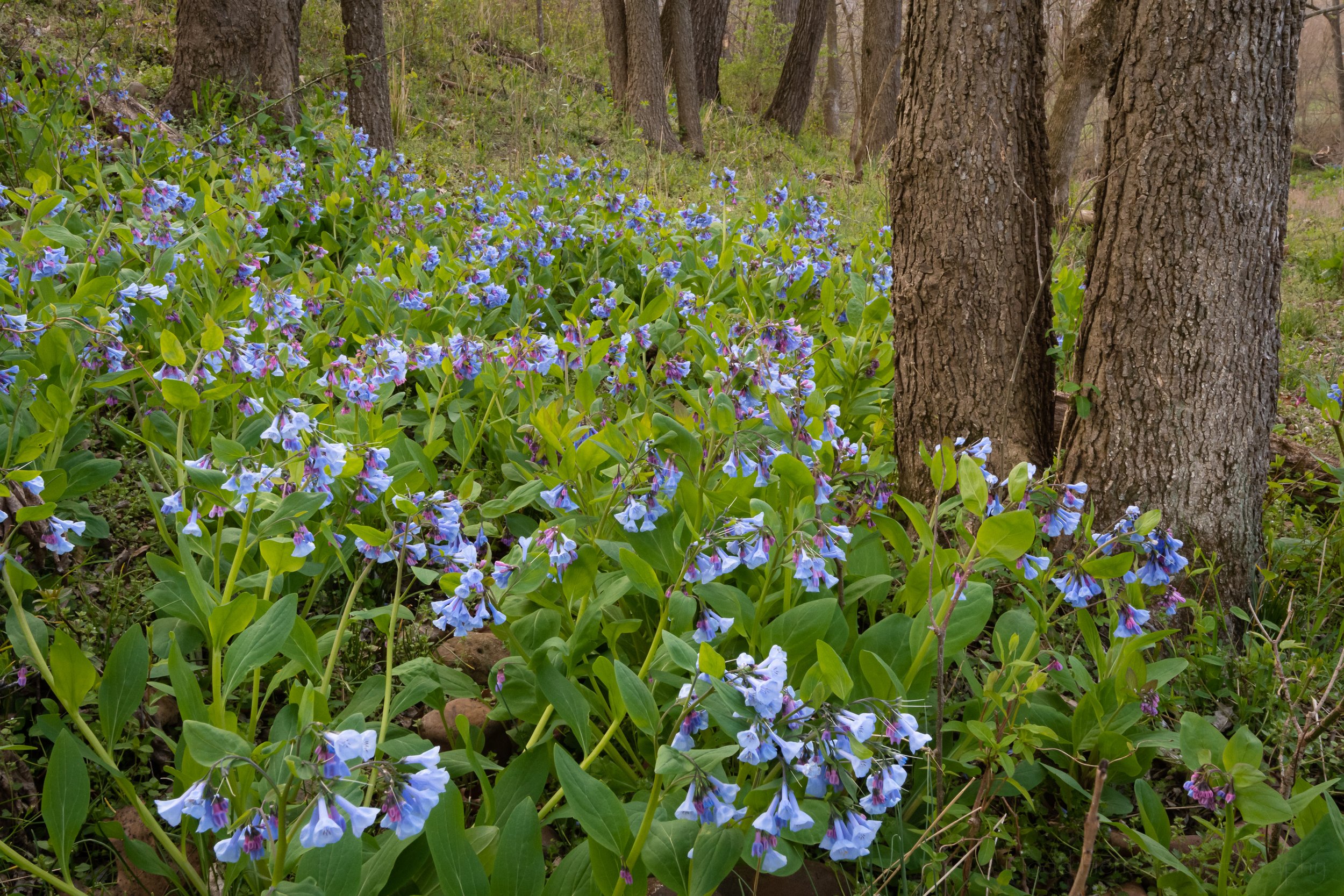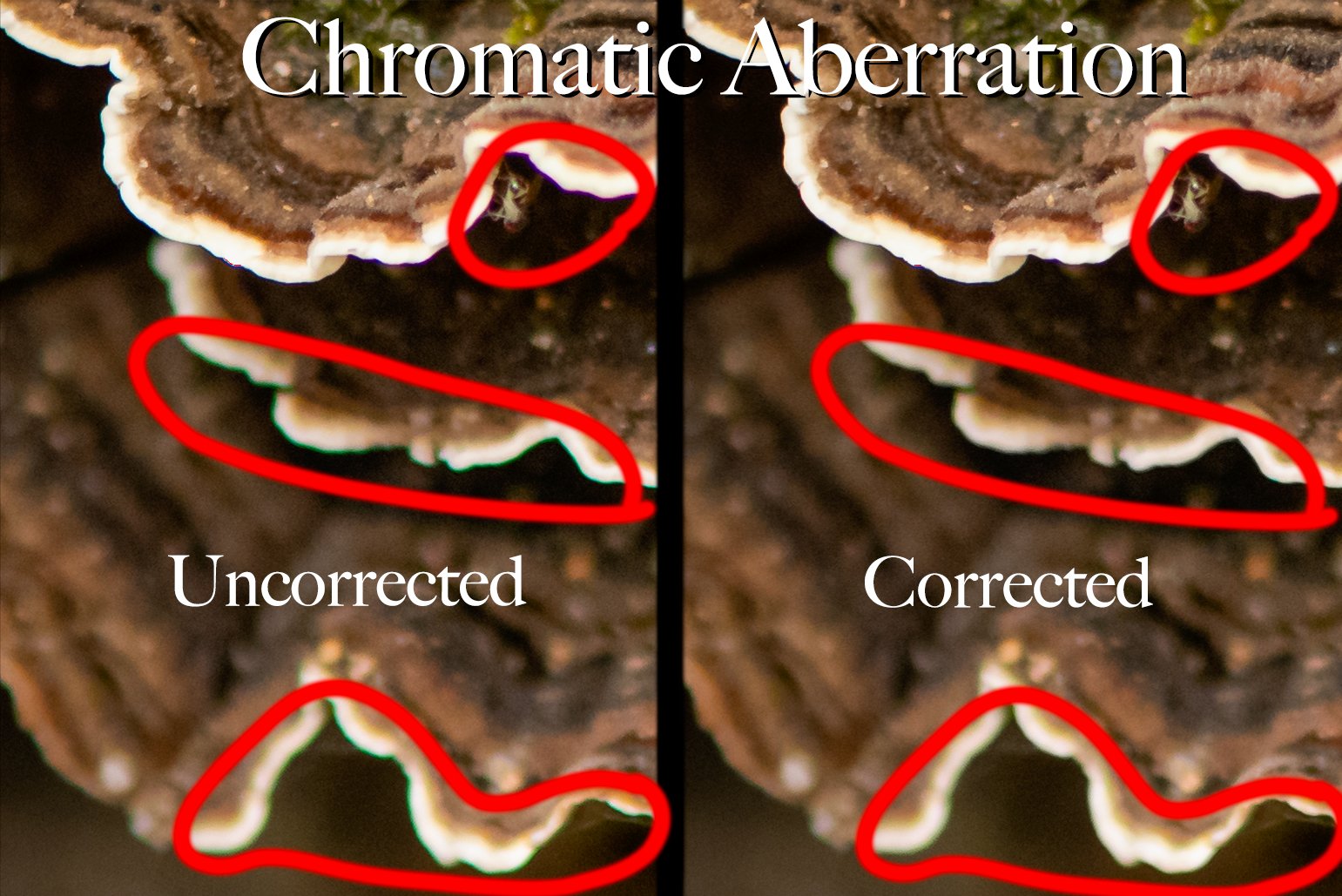A View From Sky Meadows, January 2022
In mid-January of this year my father and I made the hour or so drive to Sky Meadows, one of the state parks in Virginia. We’d intended to hike some of the trails but after setting off we quickly realized it was far colder than we were comfortable with because of the bitingly strong wind and below freezing temperatures. So we turned around and headed back to the warmth of the car.
Before leaving we drove over to the other side of the park, near the visitor’s center, situated with a view of the valley and the mountains in the distance. It’s a very nice view, one I’m always drawn to, and yet I’ve not created any photographs of it that really work for me. But I did want to share that view with you so you can see it’s potential. And because that day, even around 10:30 am, there was some interesting color in the sky. Makes me wonder what it might be like earlier or later in the day.
The scene shifts throughout the year. Below is another photo I made of the same scene but from a slightly different location, with a different lens, and at a different time of year. The photo above was made in mid-January, 2022. The photo below was made in early October, 2011. I’d love to see this scene when the foliage changes.
A View From Sky Meadows, October 2011
And to give you an idea of the larger perspective, below is a 10-image stitched panorama of a larger part of the scene from January. You can see there’s still a little bit of snow remaining here and there.
A panoramic view of Sky Meadows, January 2022
Comparing these now I do think I prefer the perspective of the 2011 photo which was created out behind the visitor’s center. The photo from 2022 was created on the road leading to the visitor’s center.
Do you enjoy these posts?
Sign up to receive periodic emails with updates and thoughts. Don’t worry, I won’t spam you. And please consider purchasing artwork or products from my online store, and using my affiliate links in the sidebar to the right when shopping online.
I appreciate your support!
